Selecting the optimal desk configuration requires careful consideration of multiple factors, from spatial constraints to workflow requirements. The right decision creates an environment where productivity flourishes, while the wrong choice can lead to cramped quarters, inefficient workflows, and frustrated employees.
Follow our guide to learn how to choose the right desk shape for your office layout and use this knowledge to craft a workspace that helps you remain productive and focused every single day.
Evaluating Your Available Office Space
Your physical environment sets the foundation for all furniture decisions. Begin by conducting a thorough assessment of your available square footage, ceiling height, and architectural features that might influence desk placement.
Traffic flow patterns deserve particular attention during this evaluation phase. Observe how employees naturally move through your space during peak hours, noting bottlenecks and frequently traveled pathways. These observations will inform desk positioning and shape selection, ensuring your furniture supports rather than hinders daily operations.
Natural light sources significantly impact both employee well-being and workspace functionality. Windows, skylights, and artificial lighting fixtures should guide your desk orientation and shape choices.
Workstations positioned to maximize natural light exposure typically can easily improve employee satisfaction and reduce eye strain. Plus, considering where natural light moves throughout your office will help you find a spot that doesn’t put you in direct hot sunlight when you have the windows open. Likewise, it’s not ideal for the sun to be glaring on your computer screen every time you pop the windows open on a nice day.
Storage requirements and technology infrastructure also influence optimal desk configurations. Consider existing electrical outlets, data ports, and HVAC systems when planning your layout. These practical elements often determine which desk shapes will integrate seamlessly with your current infrastructure.
Exploring Rectangular Desk Configurations
Rectangular desks represent the most versatile and widely adopted office furniture solution. Their linear design maximizes workspace efficiency while fitting naturally into most architectural layouts.
These configurations work exceptionally well in traditional office environments where individual focus takes precedence over collaborative activities.
The streamlined profile of rectangular desks makes them ideal for narrow spaces or rooms with challenging dimensions. They align perfectly with walls, creating clean sight lines and maximizing floor space utilization. This shape also facilitates easy reconfiguration when business needs evolve.

Maximizing Efficiency with L-Shaped Designs
L-shaped desks provide an excellent balance between workspace expansion and space efficiency. The perpendicular extension creates distinct zones for different activities—perhaps computer work on one side and paperwork or meetings on the other.
This natural division helps employees organize tasks and maintain focus.
Corner placement represents one of the strongest advantages of L-shaped configurations. These desks transform typically underutilized corner spaces into productive work zones, making them particularly valuable in space-constrained environments.
The additional surface area accommodates multiple monitors, reference materials, and personal items without creating clutter.
The wraparound design keeps frequently used items within easy reach, reducing the need to constantly shift positions throughout the workday. This ergonomic benefit can contribute to reduced fatigue and improved productivity over extended periods.
Creative professionals, project managers, and employees who juggle multiple responsibilities will find L-shaped desks very accommodating. The varied surface orientations support different work styles and help compartmentalize multiple projects or tasks.
If you want an L-shaped desk that fits snugly in the corner of your office, opt for a corner desk instead. For example, at Bush Business Furniture, we have office corner desks available that are specifically designed to maximize productivity for workspaces in the corner of rooms. That way, instead of awkwardly fitting a desk into that area, you can find a setup with the perfect shape to craft your ideal work desk.
Understanding U-Shaped Workspace Solutions
U-shaped desks create comprehensive workstations that essentially surround the user with workspace and storage options. These configurations provide maximum surface area and storage capacity, making them ideal for executives, researchers, and professionals who work with extensive documentation or multiple computer systems simultaneously.
The enclosed nature of U-shaped desks offers enhanced privacy and reduced distractions, which can be particularly valuable in open office environments. Employees can spread out materials, maintain multiple ongoing projects, and access everything without leaving their seat.
Storage integration becomes remarkably efficient with U-shaped configurations. The extended perimeter allows for strategic placement of filing systems, reference materials, and personal items.
This comprehensive organization system can significantly improve workflow efficiency for detail-oriented professionals.
However, U-shaped desks require substantial floor space and may create feelings of isolation if not thoughtfully positioned. They work best in private offices or semi-private cubicle systems where the benefits of the enclosed workspace can be fully realized without disrupting team dynamics.
Fostering Collaboration with Circular Options
Circular and curved desk configurations break away from traditional linear arrangements, creating dynamic and collaborative workspace environments. These shapes naturally encourage face-to-face interaction during working hours.
The absence of sharp corners creates a more approachable and welcoming atmosphere, which can be particularly beneficial in client-facing roles or creative team environments.
Flexibility represents another key advantage of curved desk systems. Many circular configurations can be recombined into various arrangements, supporting different meeting sizes and collaboration needs. This adaptability makes them excellent investments for growing organizations with evolving space requirements.
The circular shape naturally supports brainstorming sessions, client meetings, and team discussions while maintaining individual workspace integrity.
Incorporating Standing Desk Solutions
Knowing how to choose the right desk shape for your office layout is about more than just the desk’s horizontal layout. Think vertically by incorporating standing desks into your workspace.
Standing desks have evolved from trendy additions to essential workplace tools that support employee health and productivity. These height-adjustable configurations address the growing awareness of prolonged sitting's negative health impacts while offering flexibility to accommodate different work preferences throughout the day.
The ability to alternate between sitting and standing positions during the workday can contribute to reduced fatigue and improved overall well-being.
Modern standing desk systems integrate seamlessly with various office layouts and design aesthetics. Many models offer programmable height settings, allowing multiple users to quickly adjust the workspace to their preferred positions. This feature makes them particularly valuable in shared workspace environments.

Balancing Team Dynamics and Individual Needs
Successful office furniture selection requires careful consideration of both collaborative requirements and individual work preferences. Some roles demand frequent interaction and idea sharing, while others require sustained concentration and minimal distractions.
Open collaborative zones benefit from desk shapes that facilitate easy communication and movement between workstations. Curved configurations or modular systems that can be quickly recombined support these dynamic interaction needs.
Privacy requirements vary significantly across different roles and personality types. While some employees thrive in completely open environments, others require visual barriers and defined personal space to maintain productivity. Understanding these preferences helps guide desk shape selection and positioning decisions.
Your workspace should evolve to support your organization's growth and changing needs. Thoughtfully consider desk shape selection within your broader office strategy to create an environment where both individual productivity and collaborative innovation can flourish for years to come.

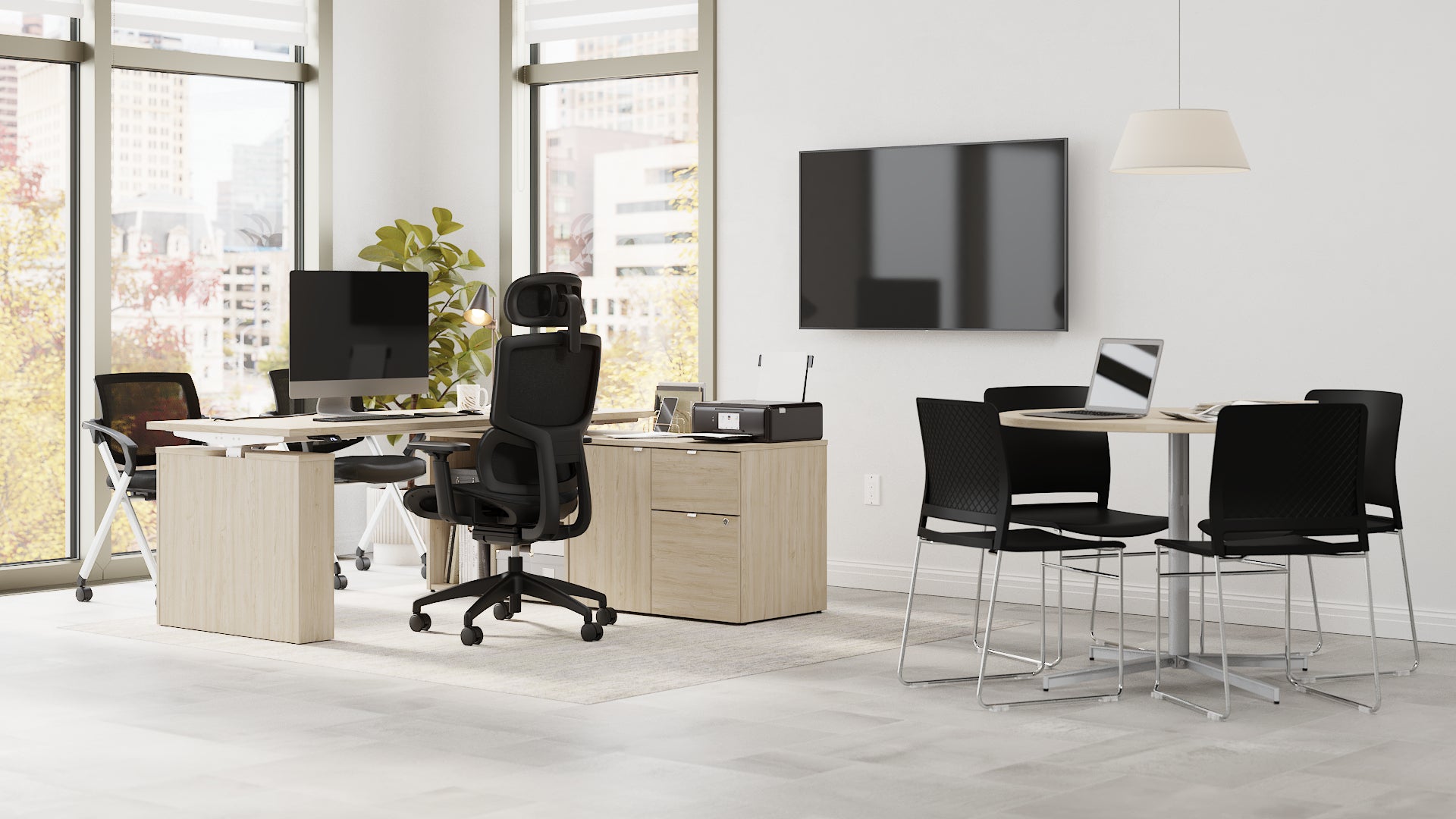
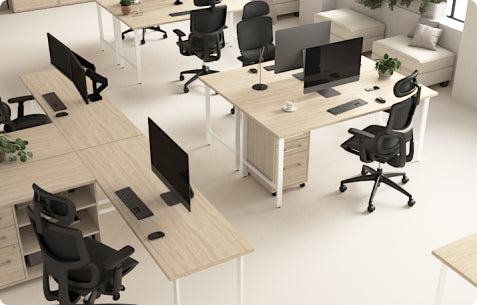
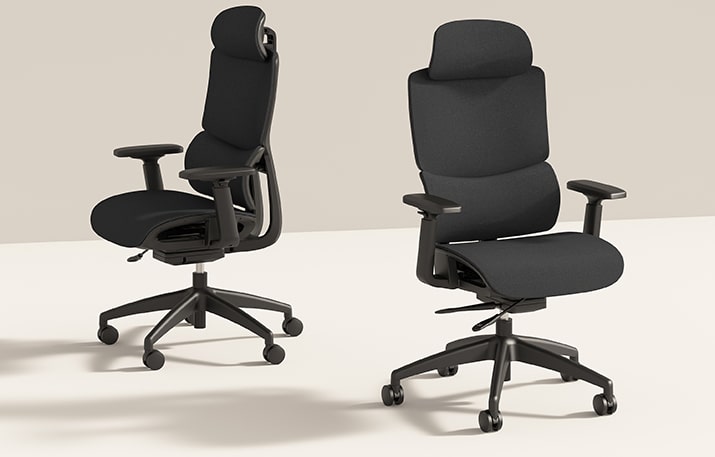
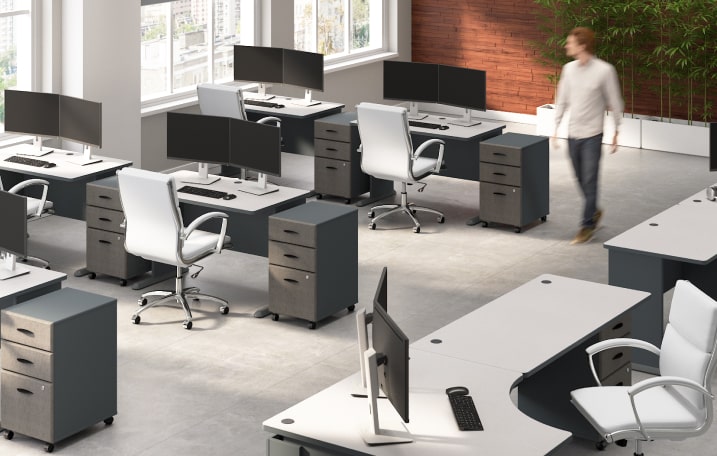
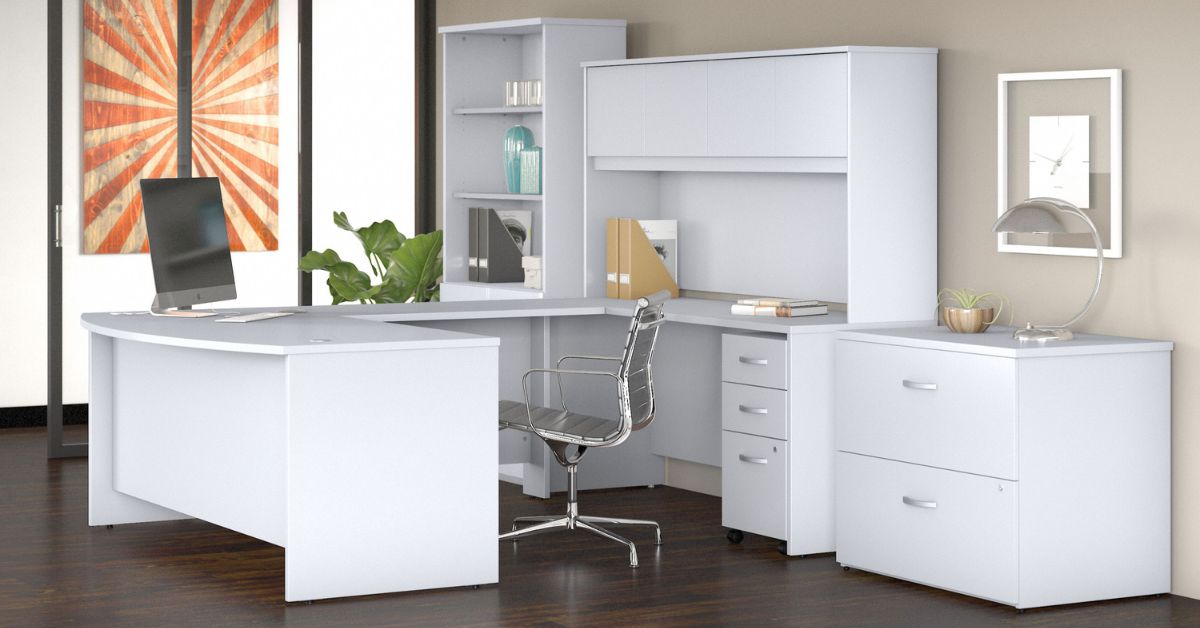
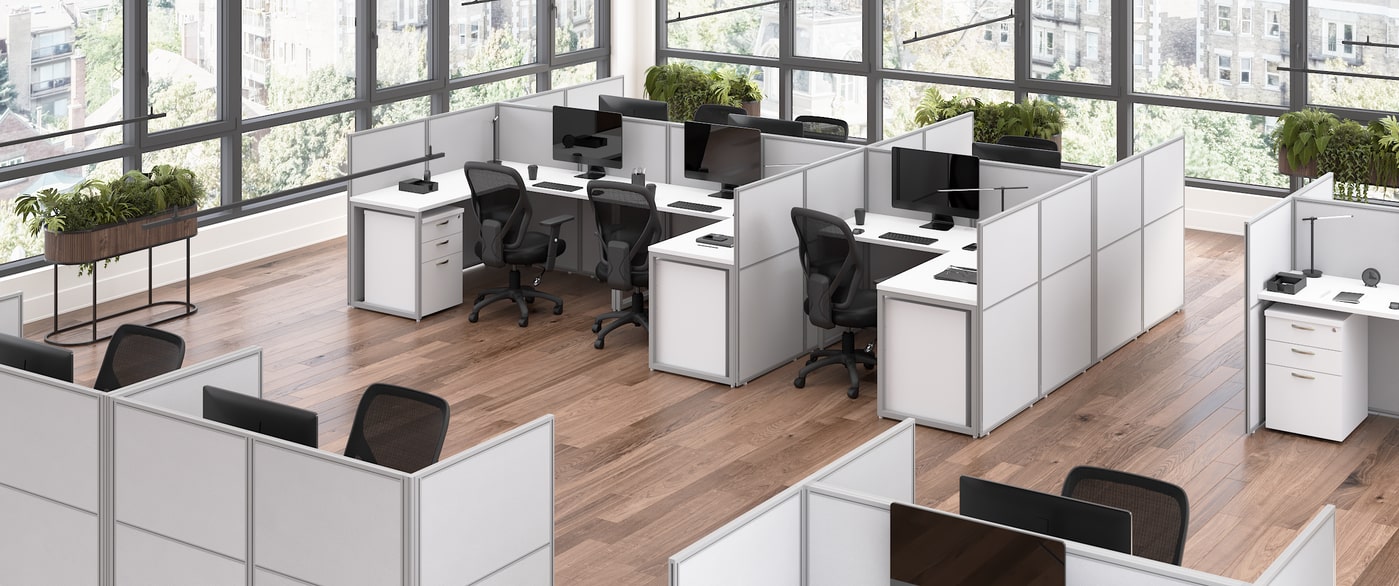
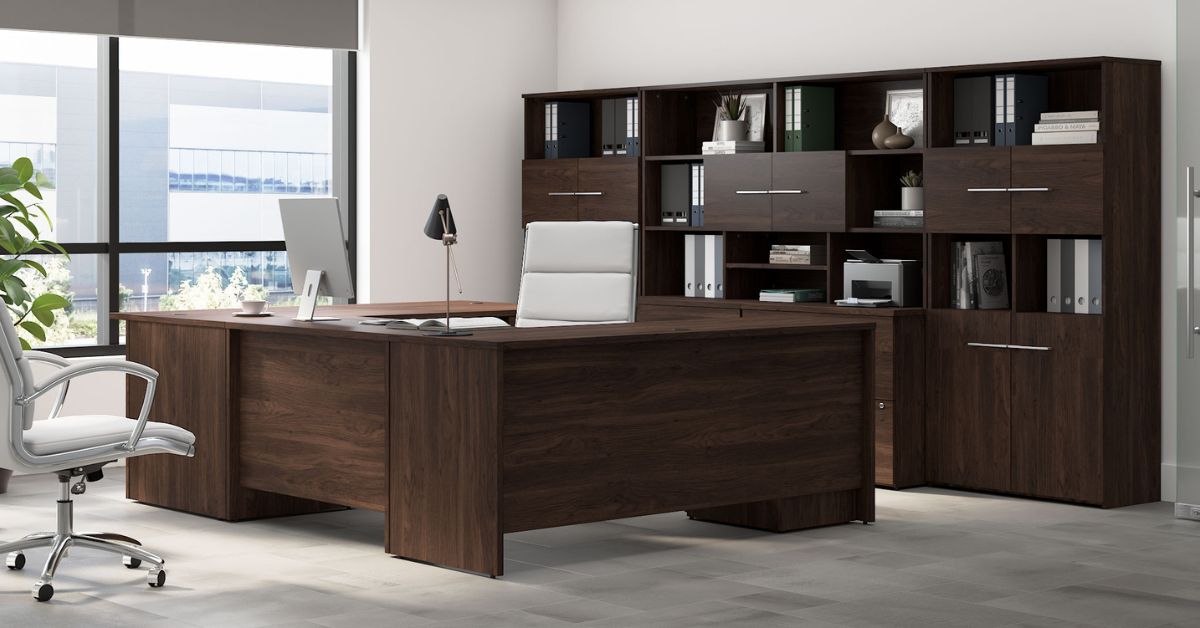
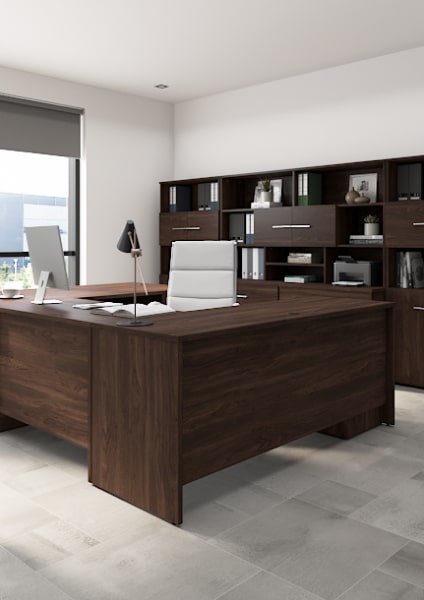
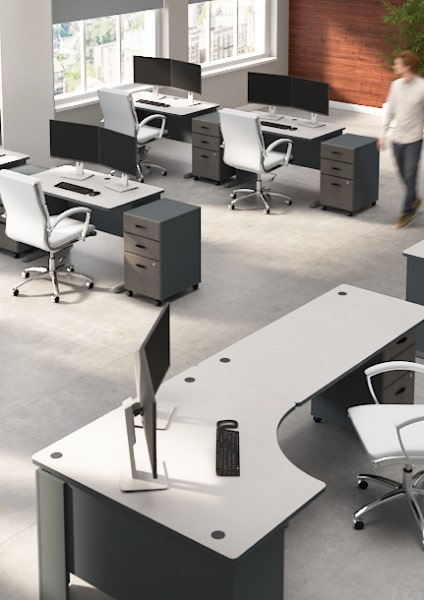
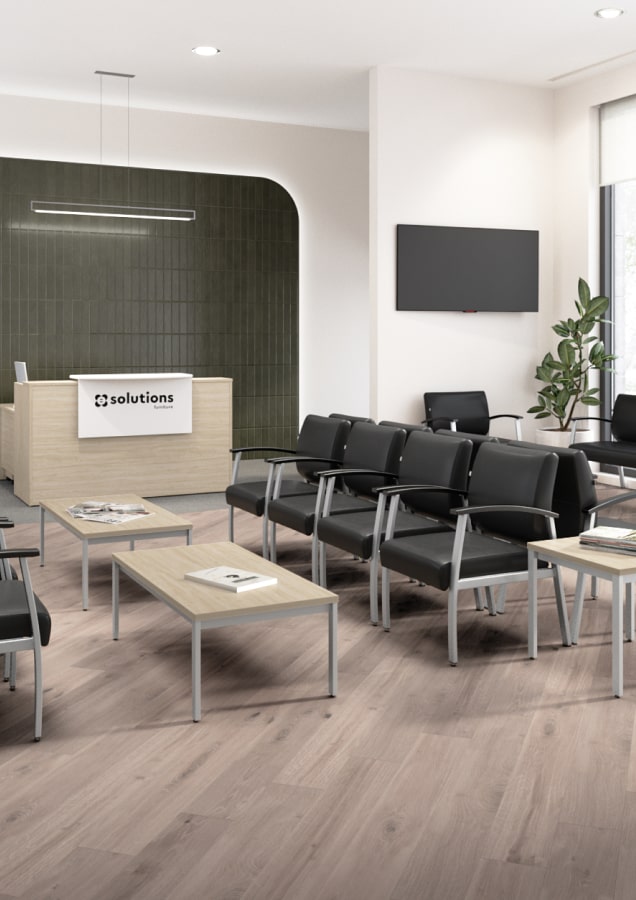
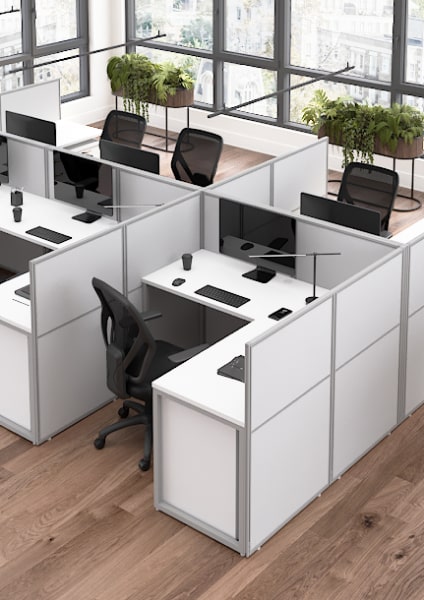
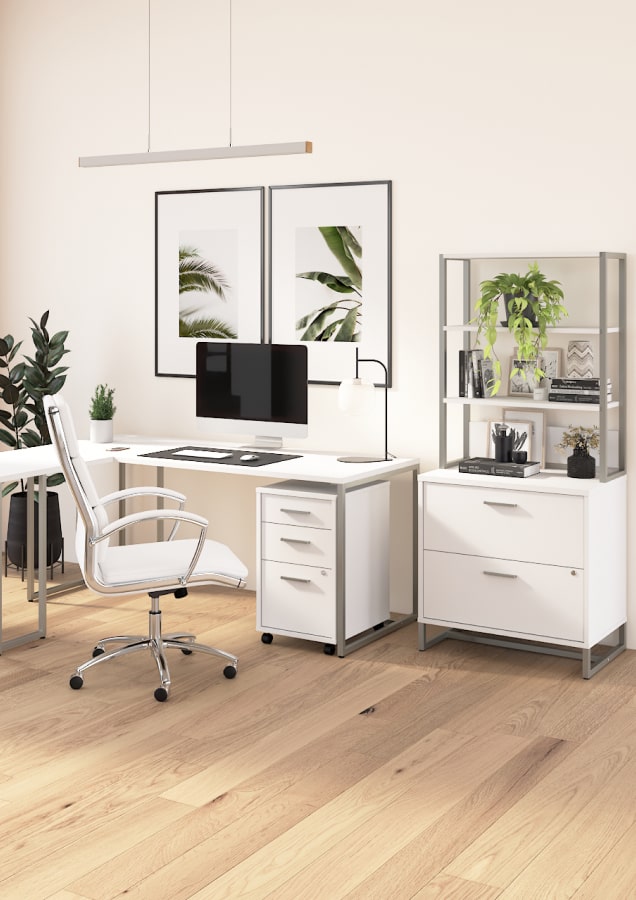
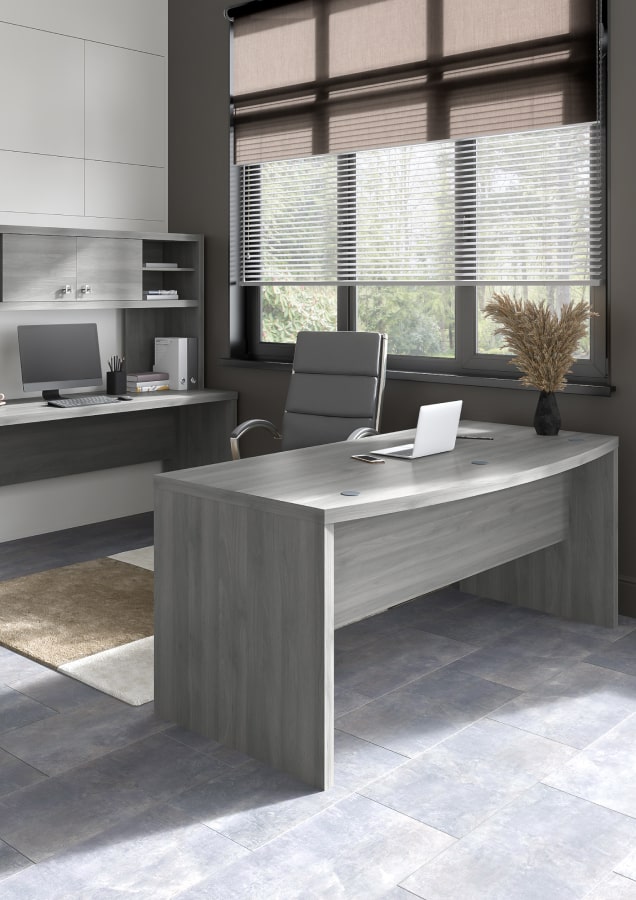
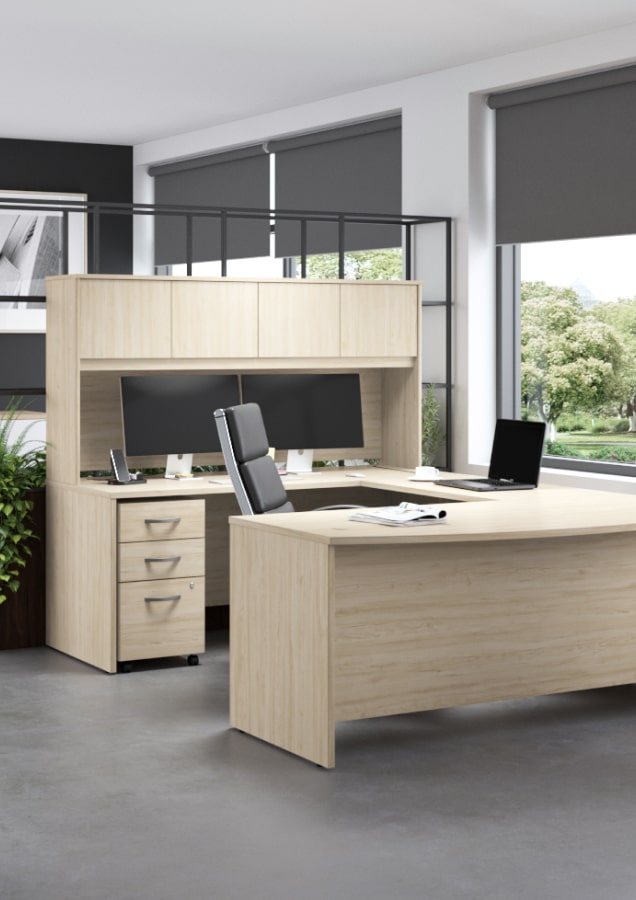
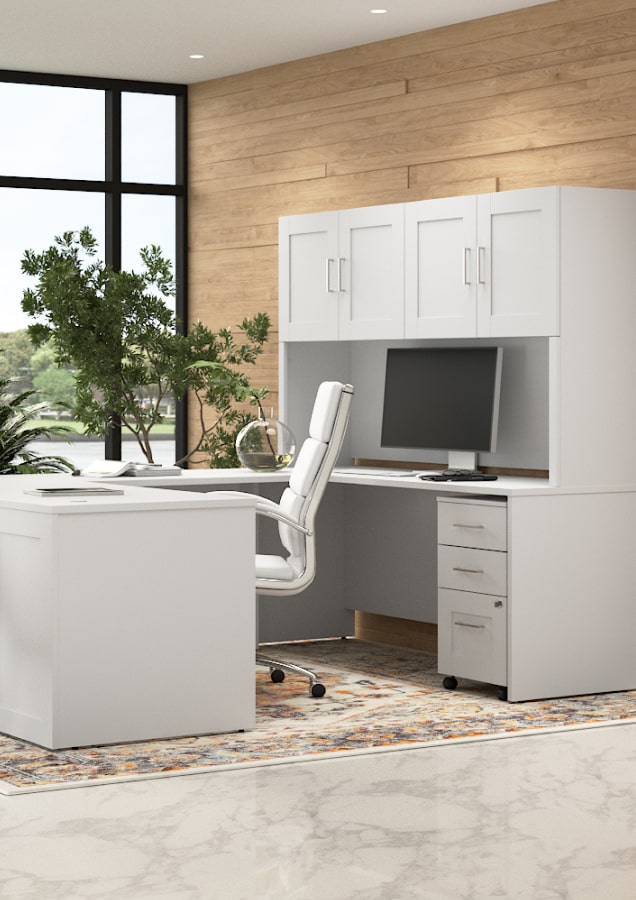
Leave a comment
This site is protected by hCaptcha and the hCaptcha Privacy Policy and Terms of Service apply.